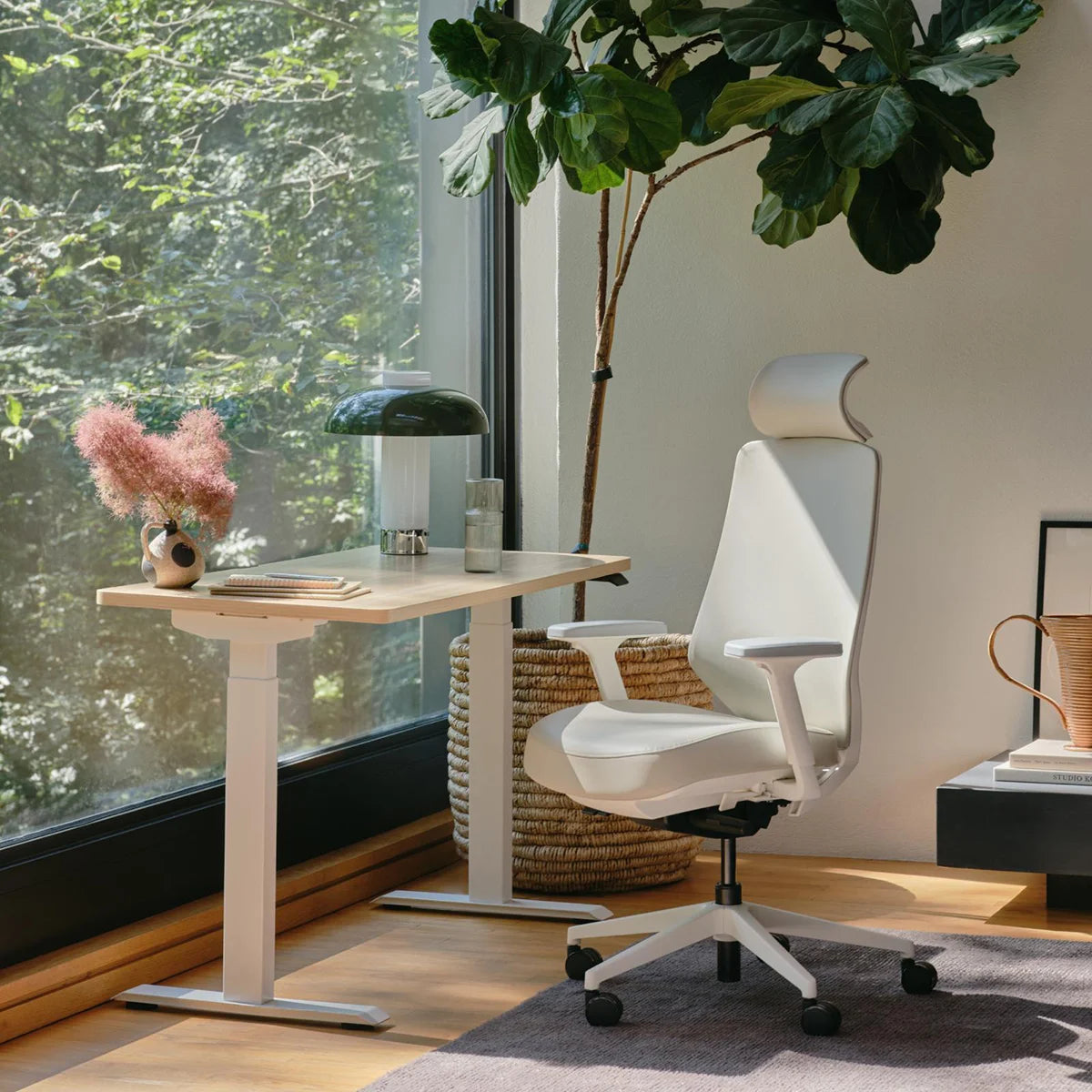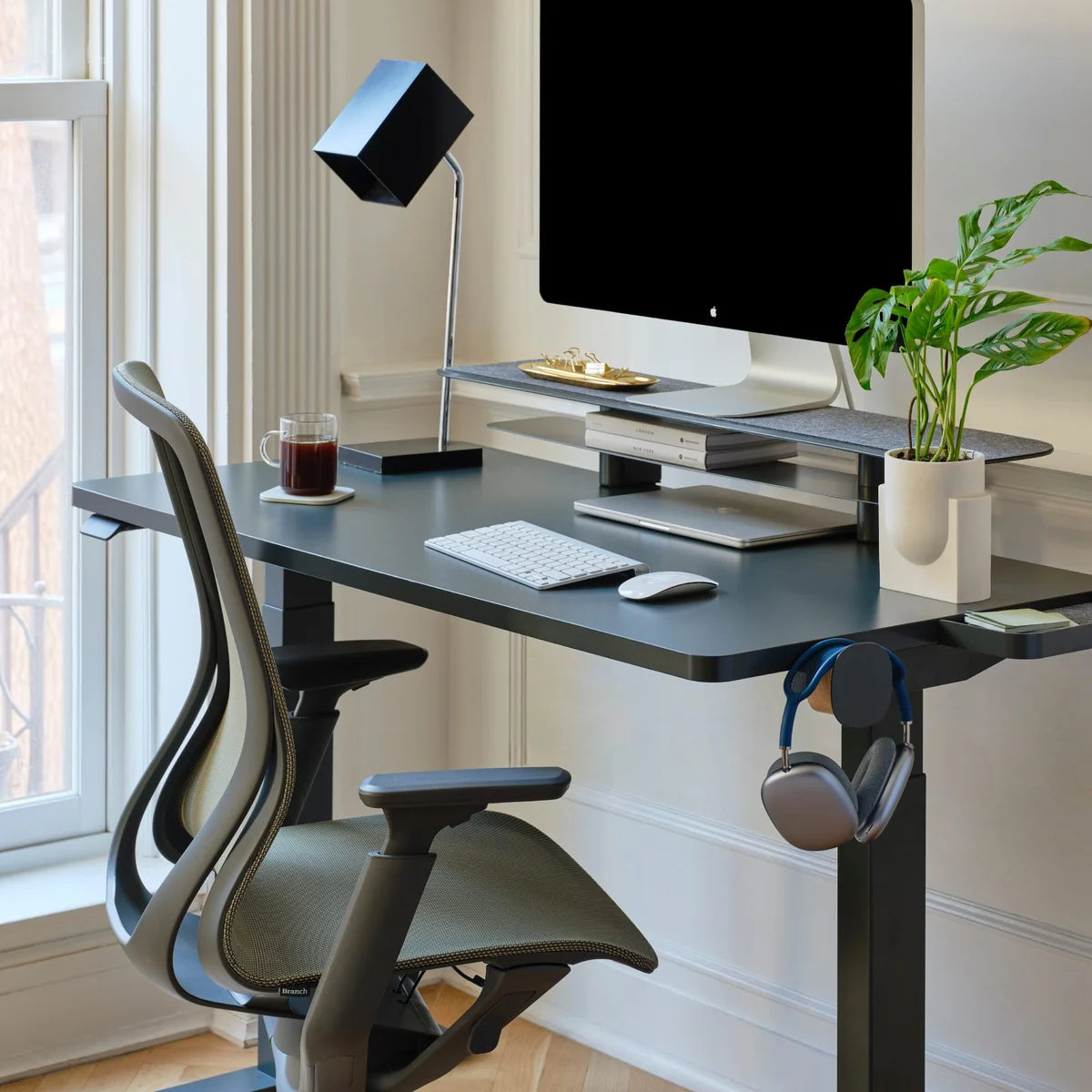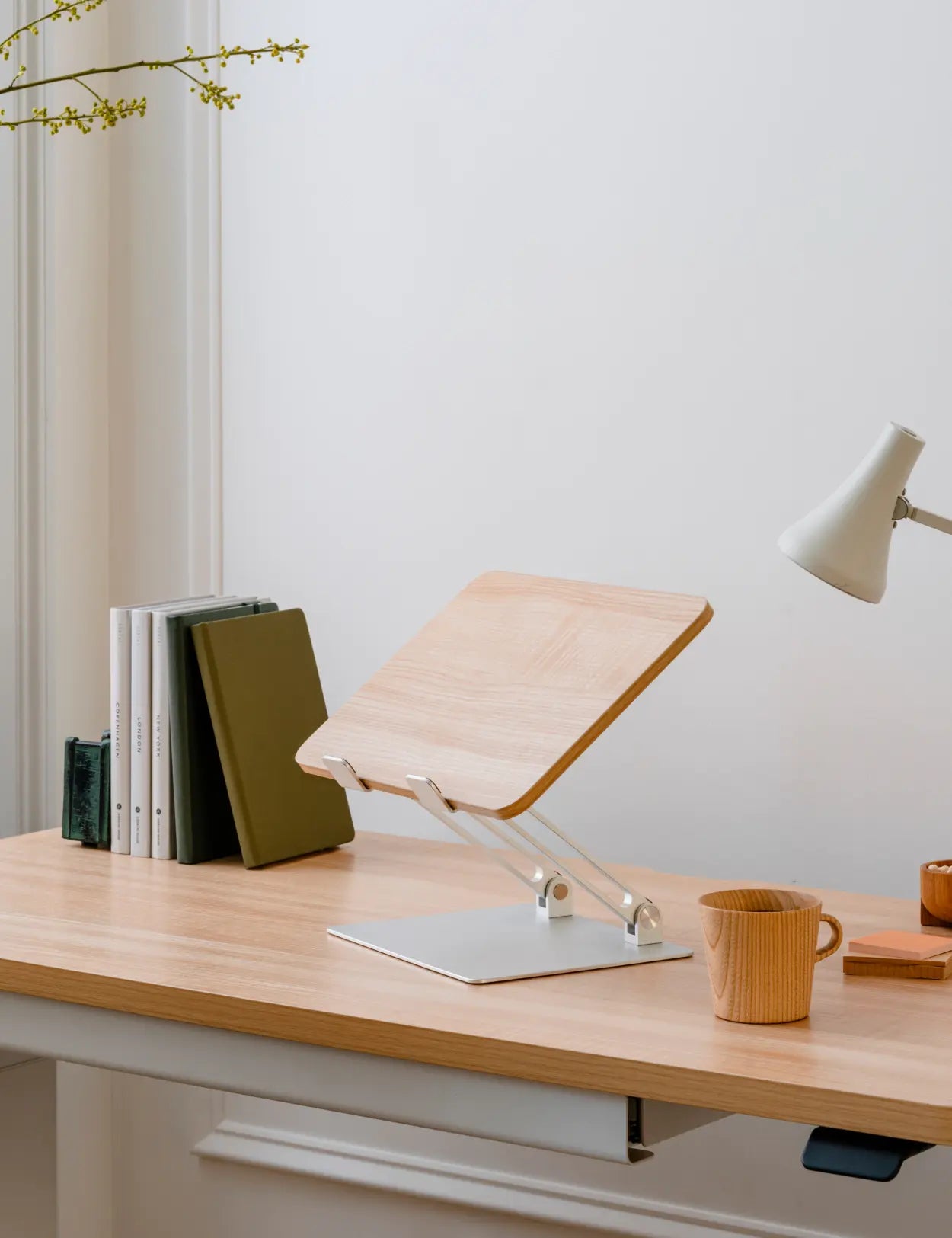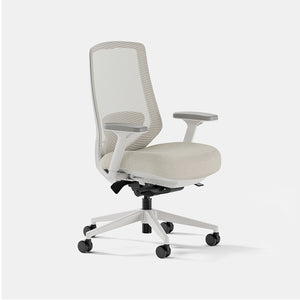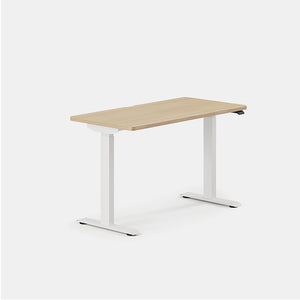Integrating standing desks into daily life requires a thoughtful approach to ensure they contribute positively to one’s lifestyle and work habits. For those new to standing desks, gradually introducing standing periods into the workday can help the body adjust without causing discomfort. Starting with short intervals, such as 15 to 30 minutes of standing followed by sitting, can make the transition smoother.
Incorporating a height-adjustable desk is ideal, as it allows for easy switching between sitting and standing positions. This flexibility ensures you can adapt your workspace to different activities and energy levels throughout the day.
For effective integration, paying attention to ergonomic setup in both standing and sitting positions is essential. Ensuring that the computer screen is at eye level and that there is proper support for the back and feet can enhance comfort and prevent strain.
Regular breaks are also crucial. Integrating short walks, stretches, or other physical activities can break the monotony of standing or sitting for long periods. This not only aids in physical health but also refreshes the mind.
Finally, standing desks should be viewed as part of a holistic approach to a healthy lifestyle. They are most effective when combined with regular exercise, a balanced diet, and proper rest, contributing to overall health and well-being. By thoughtfully integrating standing desks into daily routines, individuals can enjoy the full spectrum of benefits they offer.





